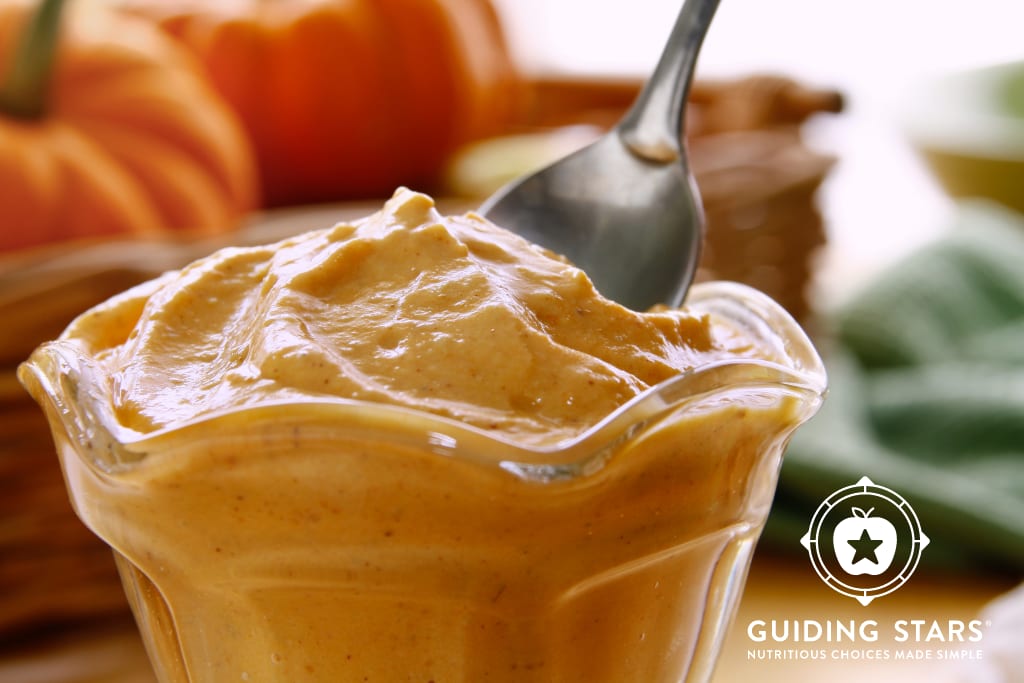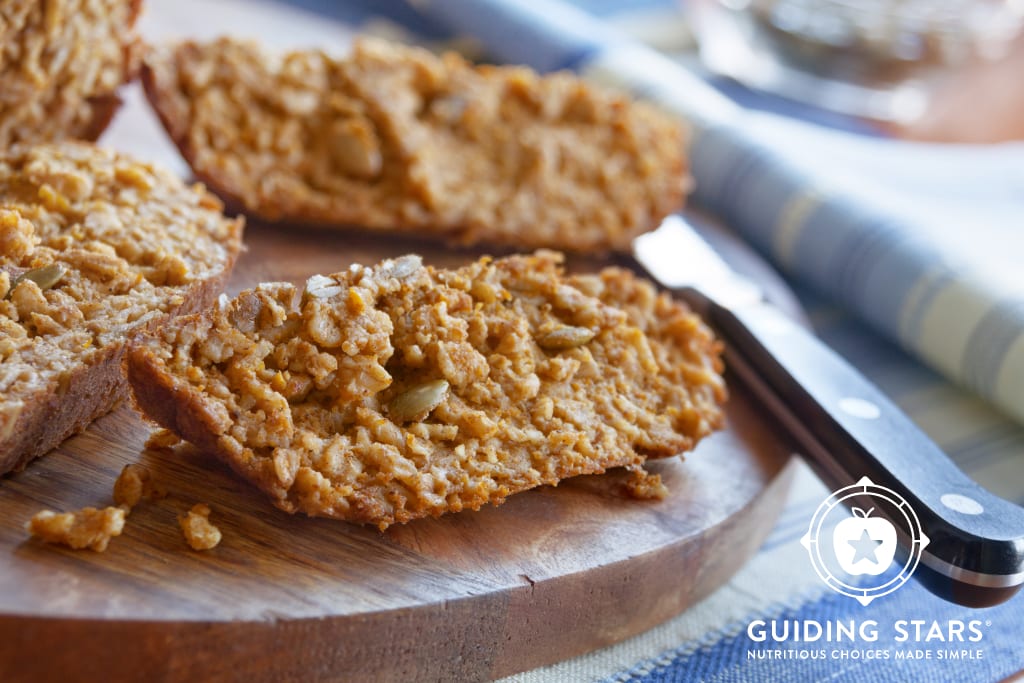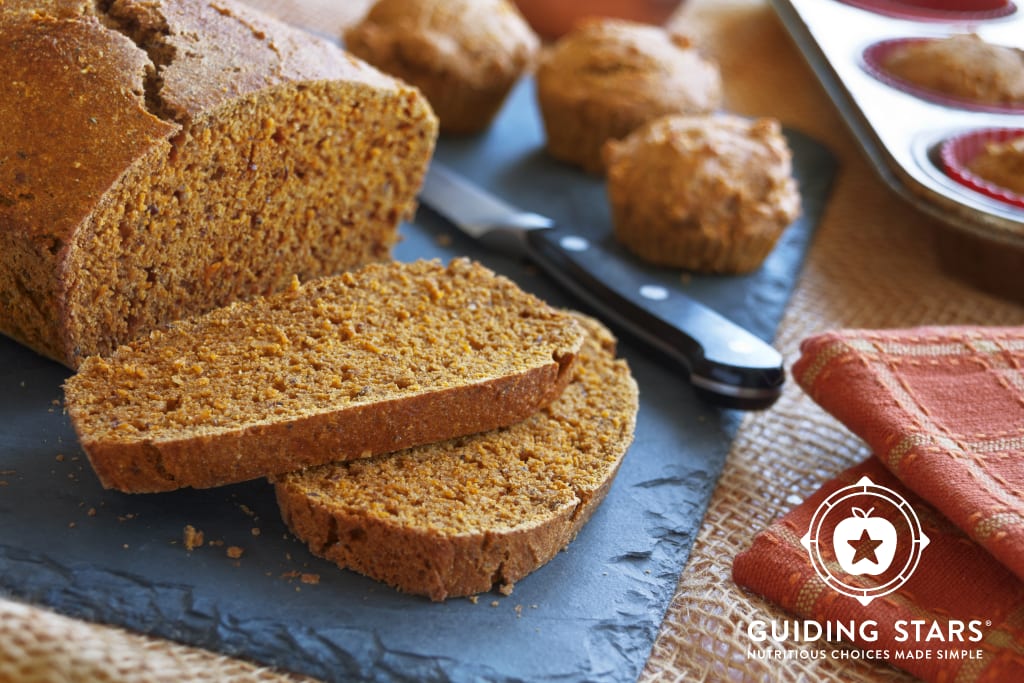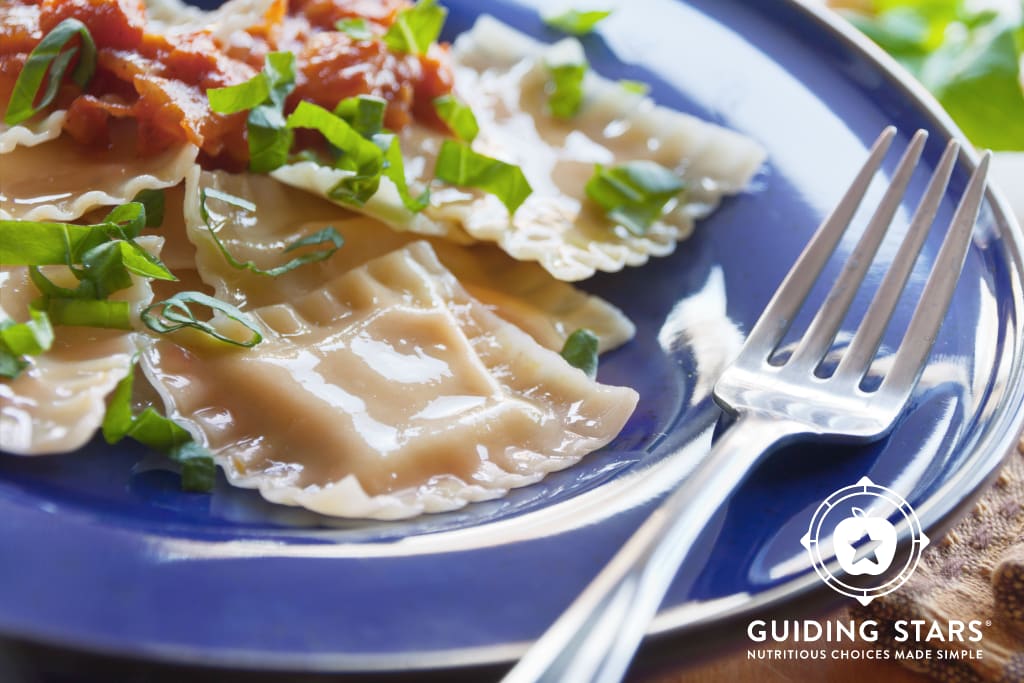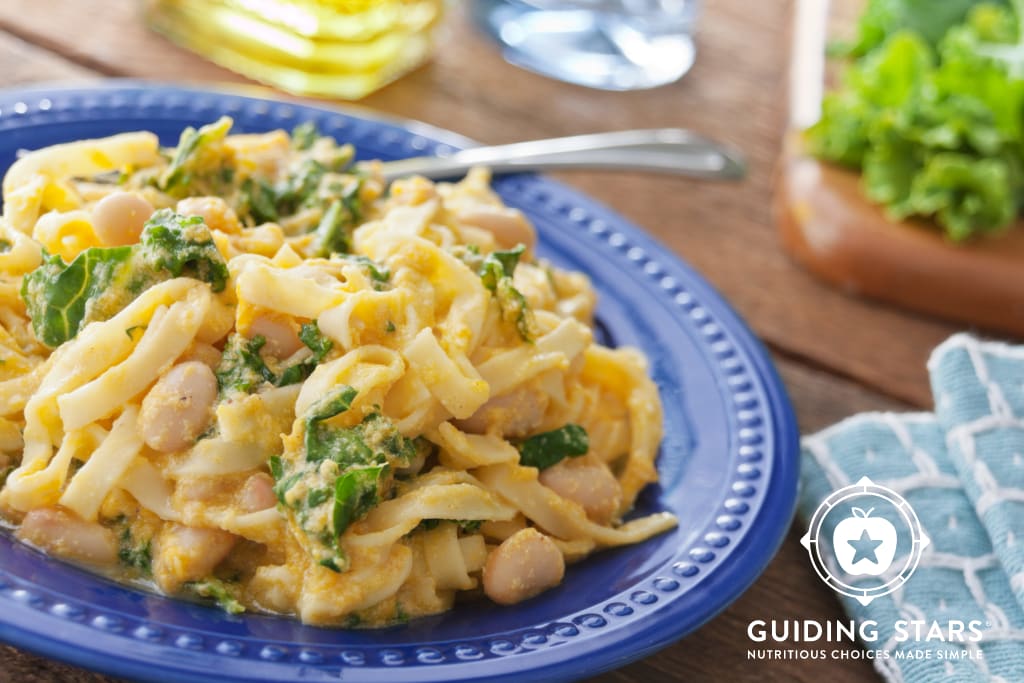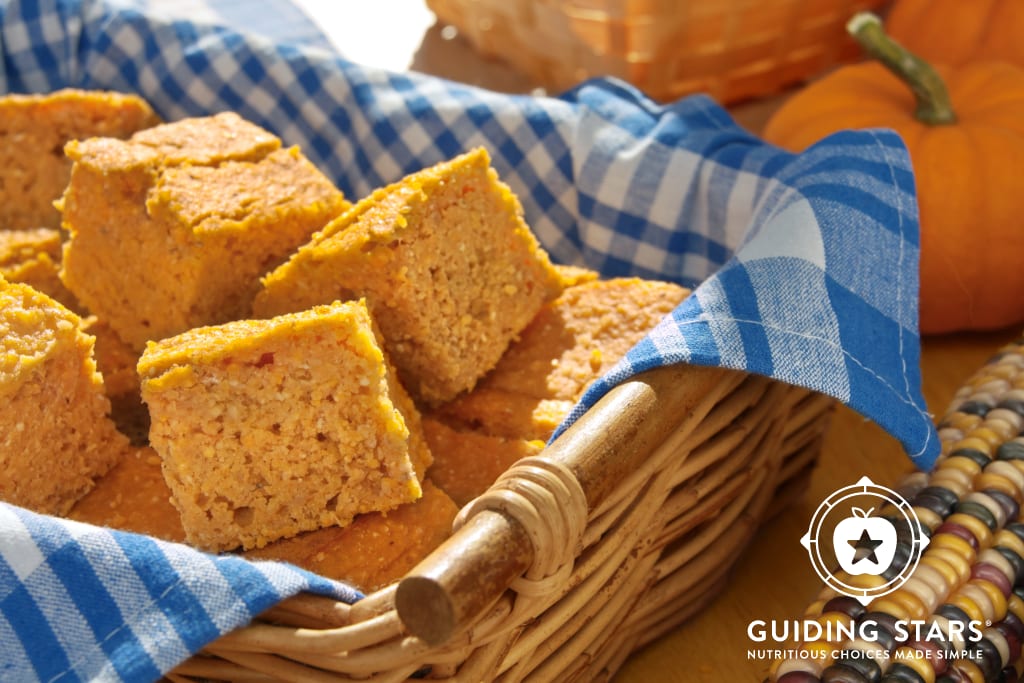
Autumn means Instagram feeds filled with pumpkin recipes for delicious dishes, desserts, and, of course, pumpkin spice lattes (PSL). Nutrient-rich fresh or canned pure pumpkin adds another colorful plant to your fall diet. And the nutrition benefits of pumpkin abound:
Beta-Carotene
Richly colored orange pumpkin is a significant source of beta-carotene, an antioxidant that plays a role in chronic disease prevention. Our bodies also convert beta-carotene to vitamin A, which aligns with improved immunity and eye health.
Essential Micronutrients
Pumpkin is a significant source of micronutrients for heart health, such as fiber and potassium. It’s also high in vitamin C, which is beneficial for skin health and preventing UV damage.
Helpful for Weight Loss
Pumpkin is lower in calories than other starchy vegetables (1 cup has less than 50 calories), and is mostly water. Combined with the fiber it provides, pumpkin is a satisfying option if you’re trying to fill up with fewer calories.
Versatility
Along with all the nutrition benefits of pumpkin, you can enjoy it in a variety of ways. Roast or steam fresh pumpkin to enjoy it “as is” or pureed into a dish. Or use it to boost mac-n-cheese, ziti, lasagna, and other casseroles with added fiber and nutrients. Alternatively, you can make use of convenient canned pumpkin. Add it to batters for baked goods, pancakes, oatmeal, or a simple stew. Or use canned pumpkin in kid-friendly dishes like pumpkin spice smoothies or waffle batter to boost the nutritional benefits. And don’t forget to save pumpkin seeds! Packed with heart-healthy nutrition, crunchy pumpkin seeds are a nice addition to salads, trail mix, and more.
Other Surprising Ways to Use Pumpkin
- As an oil replacement: Use pureed pumpkin in place of oil for your baked goods (replace on a 1:1 ratio)
- To make a dish egg-free: Use ¼ cup of pureed pumpkin to replace one egg in your pancake or baking batters
- In place of butter: Use ¾ tbsp of pureed pumpkin in place of 1 tbsp butter
Choose the Right Pumpkin
Whenever possible, try to select a pumpkin that matches your recipe. For pies, quick breads, and other desserts, choose sweeter options like Cinderella or peanut pumpkins. You can use sugar pumpkins in desserts too, and they’re versatile enough for stews, soups, and other savory dishes as well. A 2-3-pound sugar pumpkin likely needs about 50 minutes in a 350-degree oven. (When it pierces easily with a fork, it’s done.)
Pure Pumpkin or PSLs?
PSLs have been wildly popular for 20 years now, and in most cases they’re not without some nutritional benefit. But if you’re looking for foods that offer the benefits of antioxidant-rich pumpkin, choose foods made with pure pumpkin. Go for packaged products, baked goods, and more that actually list pumpkin as an ingredient. Then you’ll know that you’re choosing foods made from pumpkin and not simply pumpkin flavoring. Follow Guiding Stars to limit or avoid options with added sugar and other additives.
